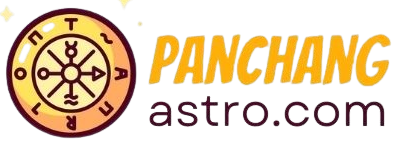From Love to Compatibility: The Role of Birth Charts in Relationship Dynamics
Love has always been a complex and enigmatic force that brings people together. Whether it’s a passionate romance or a deep-rooted friendship, we often find ourselves drawn to others in ways that defy explanation. While there are numerous factors that contribute to the success or failure of a relationship, one aspect that has gained increasing attention is the role of birth charts in understanding compatibility.
Birth charts, also known as astrological charts or natal charts, are a snapshot of the positions of celestial bodies at the exact moment of an individual’s birth. These charts provide detailed insights into a person’s personality traits, strengths, weaknesses, and potential life experiences. By examining the birth charts of two individuals, astrologers can gain a deeper understanding of their compatibility and the dynamics that may arise within a relationship.
One of the primary factors astrologers consider when analyzing compatibility is the placement of the Sun and Moon signs. The Sun sign represents one’s core essence, while the Moon sign reflects emotional needs and responses. When individuals have compatible Sun and Moon signs, it suggests a fundamental understanding and emotional connection that can strengthen the bond between them.
However, compatibility is not solely determined by Sun and Moon signs. Other elements of the birth chart, such as the Ascendant (rising sign), Venus, and Mars, also play significant roles. The Ascendant sign represents how individuals present themselves to the world and can influence the initial attraction between partners. Venus, the planet of love and relationships, reveals how one expresses affection and seeks harmony in a partnership. Mars, on the other hand, represents assertiveness and sexual energy, which can influence the passion and dynamic between two people.
Astrologers also look at the aspects, or angles, formed between the planets in both birth charts. These aspects reveal the potential challenges and opportunities for growth within a relationship. Harmonious aspects, such as trines and sextiles, indicate ease and compatibility. Conversely, challenging aspects, such as squares and oppositions, can signify tension and conflicts that need to be addressed for the relationship to thrive.
While birth charts provide valuable insights, it’s essential to remember that they are not deterministic. They offer a framework for understanding relationship dynamics, but ultimately, it is the individuals involved who determine the success and longevity of a partnership. Compatibility is a multifaceted concept that encompasses emotional, intellectual, and physical connections, which cannot be solely attributed to astrological factors.
Moreover, birth charts should not be seen as a tool for predicting whether a relationship will work or fail. They are meant to provide guidance and understanding, helping individuals navigate the complexities of their connections. Relationships require effort, compromise, and communication, regardless of astrological compatibility.
In conclusion, birth charts offer a fascinating lens through which to explore the dynamics of relationships. By examining the astrological factors at play, individuals gain insights into their compatibility, emotional connection, and potential challenges. However, it is crucial to approach astrology as a complementary tool rather than a definitive guide. Ultimately, love and compatibility are intricate and nuanced, and it is up to the individuals involved to nurture and cultivate their relationships.
